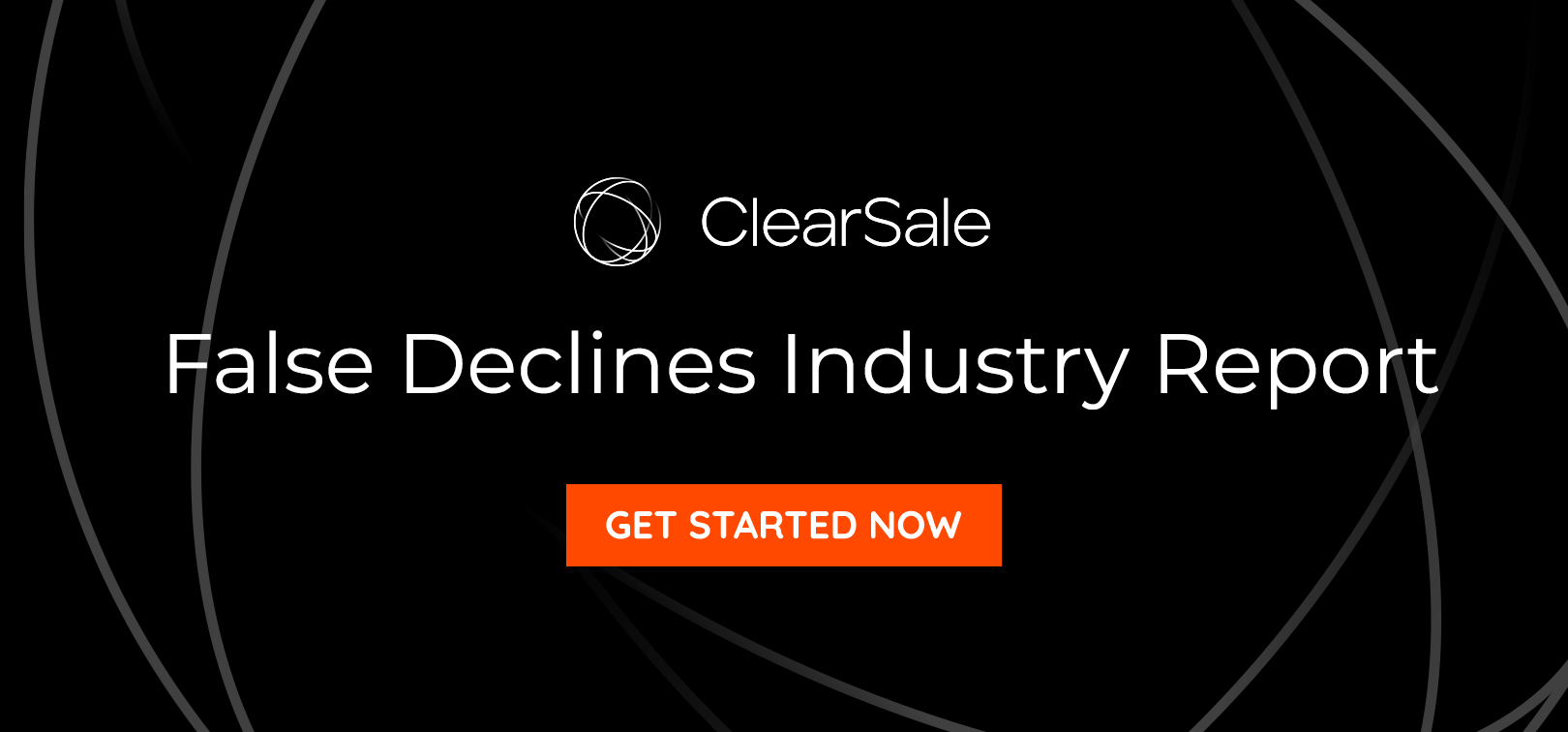The True Cost of E-Commerce Fraud
Despite e-commerce merchants’ best efforts, fraud is on the rise. Javelin Strategy & Research reports the number of identity fraud victims increased by 8% in 2018, affecting a record-high 16.7 million U.S. consumers alone. And in 2019, the cost for each dollar of fraud losses rose 6.5% from 2018, resulting in fraud costing merchants $3.13 for every dollar of retail fraud.
With more consumers preferring to make purchases online, it’s no surprise merchants want to maximize their online presence. But with more data breaches, increasingly savvy fraudsters, and new payment alternatives, online retailers need to know their risks—especially considering fraud has the potential to cost merchants more than 7.5% of their current revenue. If you are occupying the online space, here’s what you need to know about how e-commerce fraud can affect all aspects of your business.
Credit Card Processing Fees
For every credit card transaction, processors add on a fee that includes the wholesale cost of the transaction and the processor’s rate markup. Even if a dispute decision is ruled in your favor, you will still be out on those fees.
Operational Expenses
If you have an in-house fraud prevention solution, then part of your costs involve hiring and training personnel to review and approve transactions. Other operational costs tied to fraud losses include processing and shipping orders and costs involved with storing and managing inventory.
Chargebacks
Chargebacks continue to be one of the biggest factors behind e-commerce fraud losses for merchants. In 2018, more than half of the merchants surveyed by Aite Group lost between 11 and 50 basis points in revenue due to fraudulent chargebacks, with 22% suffering more than 50 basis points in losses.
To encourage e-commerce merchants to reduce their chargeback levels, acquirers and payment service providers like PayPal charge merchants a penalty fee for each chargeback they process. These fees frequently range from $20 to more than $100 per dispute.
If an acquirer thinks your business is too big a risk or if your chargeback ratio regularly exceeds 1% of monthly transactions, that acquirer might decide to cancel your account. And that leaves retailers without the ability to process transactions at all — devastating to an online business relying on credit card transactions for survival. Often, your only recourse is to secure a high-risk merchant account, whose costly fees and conditions can be disastrous to your finances. And if you’re labeled a high-risk merchant, you might even need to be enrolled in expensive chargeback monitoring programs just to keep your merchant accounts active.
False Declines
To protect your business against fraud, you might overreact and become more conservative in your approach to approving transactions. After all, you can’t be a victim of fraud if you delete every suspicious transaction. But this is an approach that tends to backfire. According to a recent Aite report, losses due to false declines are projected to grow to $443 billion by 2021 – dwarfing the losses from fraud itself.
But false declines cost merchants more than just the lost dollar value of a purchase. False declines can also hurt a business’s bottom line through lost customers (up to 80% of customers say they’d take their business elsewhere after a bad experience), damaged reputation and decreased accuracy in fraud protection.
Preview Calculator – CTA: Are you leaving money on the table? Calculate your approval rating now
Fraud Prevention Solutions
While it takes money to make money, it also takes money to implement the solutions that will save merchants money. It’s no surprise that the free fraud prevention tools that come built in to a shopping cart platform often don’t do a very good job of reducing fraud costs.
As a result, you may turn to an in-house or an outsourced fraud prevention solution for help. If you do, these three factors will affect the program’s cost:
1. Software and Hardware
This is perhaps the biggest factor contributing to the cost of a fraud prevention solution. Simply creating the solution is a significant financial burden for developers, so the expense is often passed down to the customer. When researching solutions, you’ll also need to consider the hardware that’s needed, as many high-level solutions require an additional investment in quality servers and computers to run correctly.
2. Manual Reviews
For solutions that offer the manual review of questionable transactions, it’s no surprise that the more orders that require review, the higher the cost of the solution. Also affecting the cost of manual reviews are the reviewers themselves — how efficient they are and how well-trained and experienced they are.
3. Guarantees
Providers that offer chargeback reimbursement guarantees will generally have higher program costs. For many businesses, however, the savings created by the guarantee more than offset the difference in program costs.
Steps for Minimizing the Effects of Fraud
No business wants to lose even a single dollar to fraud, so they must take steps to safely maximize the number of good orders they approve. One of the best ways to do that is by employing a robust fraud prevention strategy that uses a two-pronged approach to fighting fraud. First, you’ll need a well-trained team of fraud analysts that keeps up-to-date with emerging fraud strategies and has decades of experience to manually review suspicious orders. Second is machine learning, which uses computer algorithms, custom rules and proven statistical techniques to analyze current and historical data, fraud statistics across industries, and transactional information.
If you’re interested in learning how ClearSale uses this unique approach to improve fraud protection while maximizing sales, download our “Fraud Protection Buyers Guide.” It lays out your options and helps you ask the right questions — guaranteeing you’ll select the right solution for your business.
 Rafael Lourenco
Rafael Lourenco
